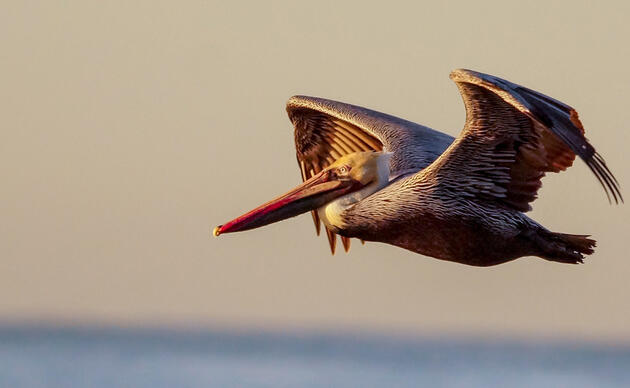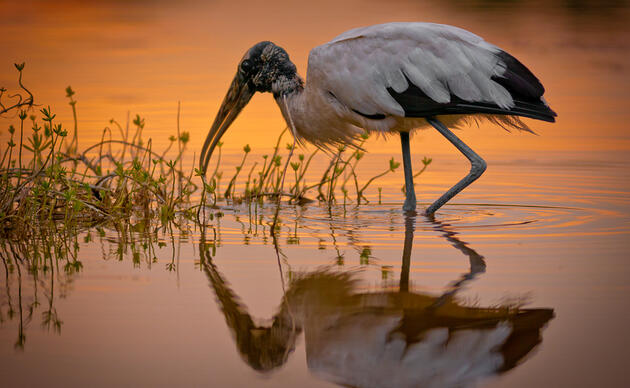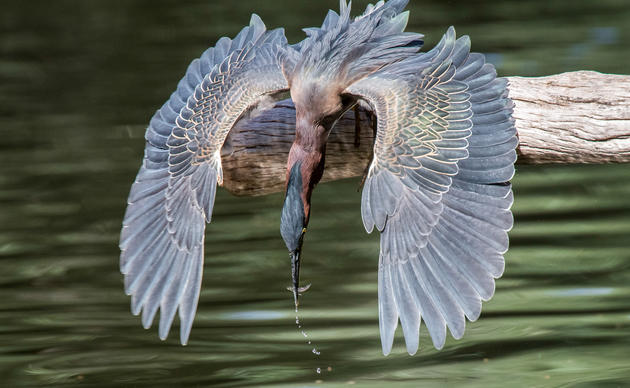Friday, October 28, 2016
Mr. Mark Messersmith
U.S. Army Corps of Engineers, Charleston District
69 A Hagood Avenue
Charleston, SC 29403
Dear Mr. Messersmith:
I am writing in support of Post 45, specifically for Beneficial Use Project Alternative 1a. This letter will comment on Alternative 1a: Crab Bank Enhancement:
Audubon South Carolina, the state arm of National Audubon Society, represents over 18,000 Audubon members in South Carolina. In partnership with BirdLife International, Audubon has the responsibility for identifying and working to conserve a network of Important Bird Areas (IBA) throughout the US. As you know, Crab Bank is a Recognized State IBA. This in combination with its classification as a Seabird Sanctuary make Crab Bank the ideal location for depositing dredge spoils from Charleston Harbor.
Located in Charleston Harbor at the mouth of Shem, Crab Bank is one of five existing Seabird Sanctuary Islands protected during the nesting season from human disturbance. These islands are vital for the success of beach nesting seabirds and shorebirds which include many species in decline. Data from its IBA record state that Crab Bank also serves as a secondary site for other established colonial sites subject to sever tidal overwash or human disturbance. Species that have been recorded using the island since 2007 include American Oystercatcher, Black Skimmer, Brown Pelican, Gull-billed Tern, Laughing Gull, Royal Tern, and Sandwich Tern. In 2007 the island supported 15 breeding pairs of American Oystercatchers, 179 Black Skimmer nests, 615 Brown Pelican nests, 50 Gull-billed Tern nests, 1,212 Royal Tern nests, and 35 Sandwich Tern nests. These birds rely on safe places to recover and maintain healthy populations. With an increasing number of people moving to the coast every year, beach-nesting bird habitat faces more risks than ever. Maintaining Seabird Sanctuary islands should be paramount on the coast. Beneficial Use Project Alternative 1a would re-nourish Crab Bank and prevent vital bird habitat from disappearing. More sand on Crab Bank would restore bird habitat and put the dredged sand to use in a beneficial way.
The added wave energy from larger container ships navigating Charleston Harbor also poses a potential problem to beach nesting birds. Added sand to Crab Bank would mitigate this problem and provide a base to create living shorelines which can decrease erosion due to wave energy. As Audubon South Carolina’s Coastal Program Coordinator, I visit Crab Bank multiple times throughout the year and have personally witnessed the amount of erosion and nest loss due to overwash on Crab Bank. Especially after Hurricane Matthew, at high tide there is little beach left for birds to nest. This island is a fantastic resource for people living and visiting Charleston and adds enormous aesthetic and economic value to the Shem Creek and greater Charleston areas. Birds and other wildlife are what makes South Carolina such a beautiful place to live, visit, and has made SC a successful area to do business.
Sincerely,
Nolan Schillerstrom
Coastal Program Coordinator
Audubon South Carolina
336 Sanctuary Road
Harleyville, SC 29448
(843) 462-2150



